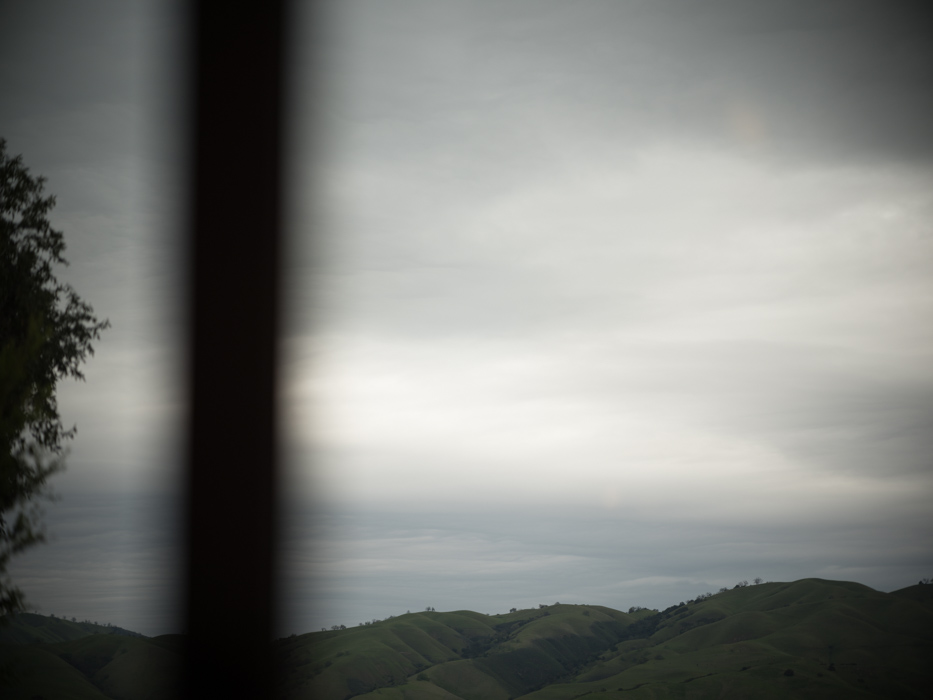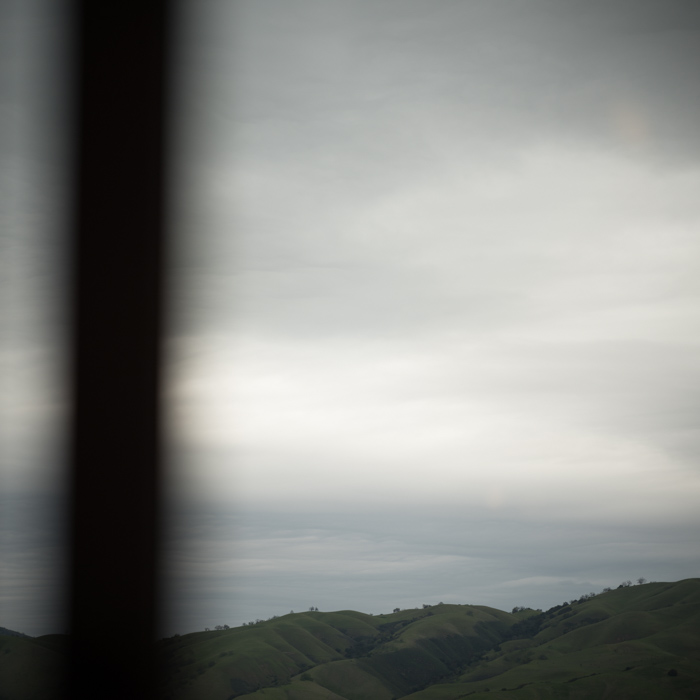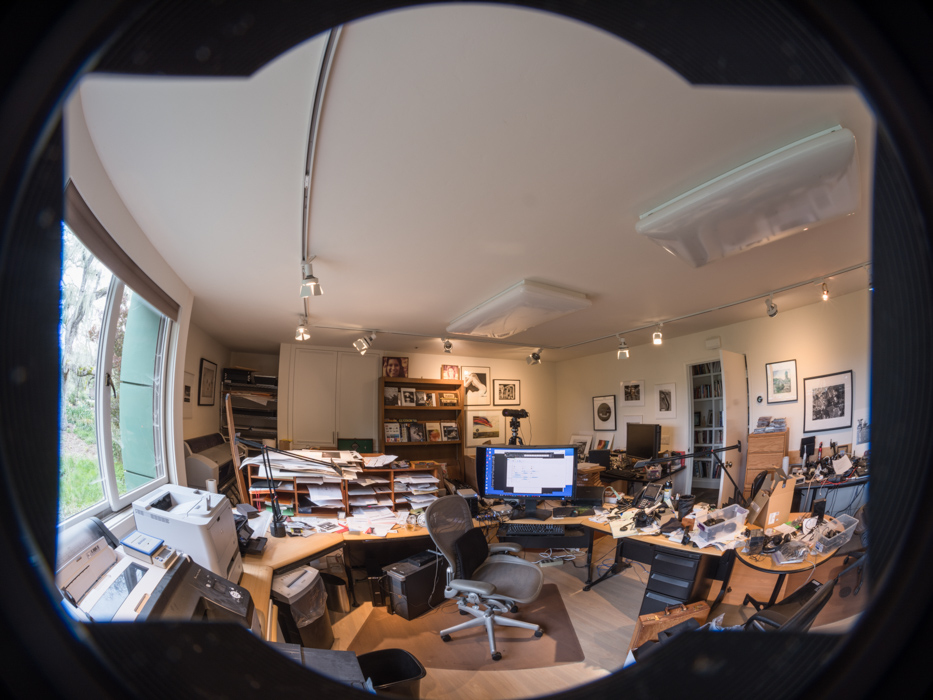This is the third in a series of posts on the Fujifilm GFX-50S. The series starts here.
With the adapter I have, I can only use this lens wide open on the GFX. However, that’s probably how I’d want to use it on this camera. It’s a special-purpose lens, and that purpose is atmospheric and background-blurred shots. It is an autofocus lens on a Nikon camera, and it is not on the GFX, which will limit its utility on the large-sensor camera. However, I can imagine that there are times when you’d be shooting ethereal flower images where you might want nice square images.
Out my window on a still-gray day:
It doesn’t cover badly at all. With a little work, the whole frame would be usable.
Cropped square:
Not much falloff at all.
Sharpness in the corner, at 200%:
Not landscape quality, but not bad at all, especially considering it’s at f/1.4.
Some lenses have internal baffles and external non-removable lens shades that limit the field of view when used on larger-than-intended sensors. Here’s a Nikon 16 mm full-frame fisheye on the GFX:




Robert Marco Detoyato says
Thank you for doing this. I’m considering getting a GFX but using my 105mm DC on it…Do you think it would work?
cheers!
JimK says
Only one way to find out, and that’s to try it. Unfortunately, I don’t have that lens, so I can’t try it for you.
Cees Elzenga says
You can actually use the 105 at other apertures than 1.4!
Use it on a Nikon body and choose the opening you want. I take my Z9 with a FTZ adaper select 1.8 as a superb aperture. Detach the lens while camera is on. Place it with an adapter on your Fuji (I use a gfx100) and the Aperture is set and stuck at 1.8. Works for all the chosen apertures.